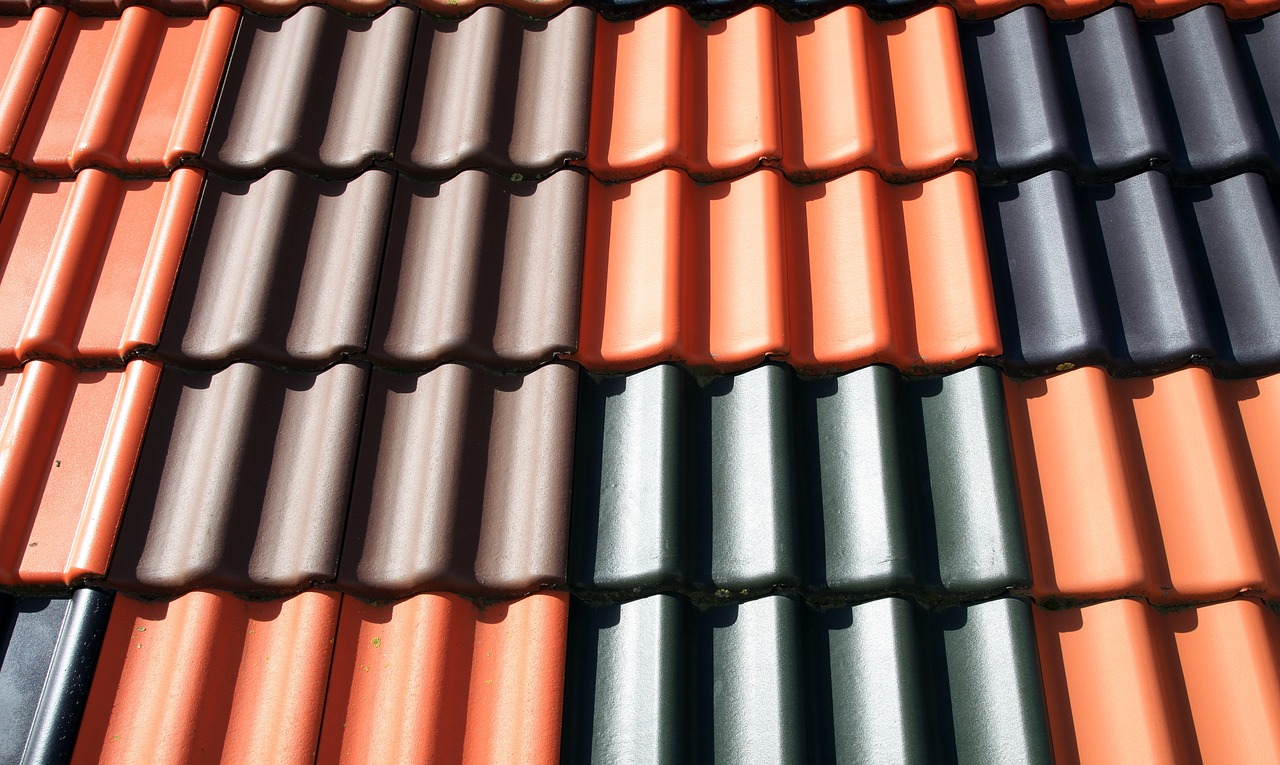Choosing the right roofing material is one of the most critical decisions you can make for your home. With so many options available, it’s important to consider both the lifespan and energy efficiency of each material, as a well-selected roof can save money on repairs and energy bills over time. Understanding factors like climate, cost, aesthetics, and maintenance will help you make an informed decision that enhances your home’s value and comfort. In this guide, we’ll discuss key considerations for selecting roofing materials that are both durable and energy-efficient.
Understanding Climate Compatibility
The first step in selecting roofing materials is to consider your local climate. Different materials perform better in specific weather conditions, and choosing the wrong type can lead to premature wear and increased maintenance costs. For instance, asphalt shingles, which are popular for their affordability, may not hold up well in regions with extreme heat. Metal roofing, on the other hand, is highly durable and reflects sunlight, making it an excellent option for hot climates. In areas with heavy snowfall, materials like slate or clay tiles, which can bear substantial weight, are often preferable. By understanding how various materials react to your region’s weather patterns, you can avoid frequent repairs and ensure your roof withstands the elements.
Evaluating Material Durability and Lifespan
The durability of a roofing material is key to its longevity. Some materials, like slate, can last over a century, while others, like asphalt shingles, typically last around 20-30 years. Though materials with a longer lifespan often come with a higher price tag, they may prove cost-effective in the long run by reducing replacement and repair needs, professionals at https://odonnellroofingco.com/blog/corrugated-metal-roofing/ add. Metal roofing, for instance, can last 40-70 years, offering a solid middle ground between affordability and durability. If you’re planning to stay in your home for many years, investing in a durable material could be a wise choice. Consider your long-term plans and how they align with each material’s longevity to ensure you get the most value from your investment.
Considering Energy Efficiency
Energy-efficient roofing materials can help regulate indoor temperatures, which reduces the load on your heating and cooling systems. Cool roofs, which reflect more sunlight and absorb less heat, are designed to improve energy efficiency. Materials like metal, clay, and certain types of asphalt shingles come with reflective coatings that can enhance their cooling properties. In colder climates, however, you may prefer a material that retains warmth, such as dark-colored asphalt shingles or clay tiles. Energy-efficient roofing can not only make your home more comfortable but also reduce energy bills, making it a smart choice for eco-conscious homeowners.
Weighing Cost and Budget Constraints
Budget plays a significant role in roofing material selection. While premium materials like slate and metal roofing offer long-term benefits, they come with a higher upfront cost. Asphalt shingles are generally the most affordable option and can be a good choice if you need a budget-friendly roof replacement. However, consider that cheaper materials may require more frequent maintenance or replacement, which could increase costs over time. If your budget allows, investing in a higher-quality material can offer better durability and efficiency, resulting in savings in the long run. Balancing your budget with the material’s benefits will help you select a roof that meets both your financial and practical needs.
Analyzing Aesthetic Appeal
The roof significantly contributes to your home’s curb appeal, so it’s important to choose a material that complements your house’s architectural style. For example, wood shakes and shingles add a rustic charm and are often used on traditional or country-style homes. Slate or tile roofing works well with Mediterranean or historic-style homes, adding elegance and longevity. Asphalt shingles offer a versatile option, available in various colors and styles to match different home designs. By considering your home’s aesthetic and how a roofing material will impact its overall look, you can enhance both its appeal and potential resale value.
Maintenance Requirements and Considerations
Every roofing material comes with its own set of maintenance requirements. For instance, wood shingles require regular treatment to prevent rot and insect damage, while metal roofs may need occasional inspection to check for corrosion or panel warping. Asphalt shingles, though low-cost, can be more susceptible to algae growth in humid climates, requiring occasional cleaning. By understanding the maintenance needs of each material, you can select an option that aligns with your willingness and ability to perform upkeep. Low-maintenance materials like metal or slate are ideal for homeowners looking to minimize their roof care tasks.
Factoring in Environmental Impact
Environmental impact is an increasingly important consideration for many homeowners. Materials like metal and recycled shingles are eco-friendly options that help reduce waste. Additionally, some materials are more easily recyclable at the end of their lifespan, reducing landfill contributions. Green roofing solutions, such as living roofs or those made from sustainable materials, are also gaining popularity. If sustainability is a priority, look for materials with energy-efficient properties or recyclable components. By choosing an environmentally conscious option, you contribute to a more sustainable future while enjoying the long-term benefits of an energy-efficient roof.

Selecting the right roofing material requires balancing various factors, including durability, climate suitability, energy efficiency, cost, aesthetics, and maintenance needs. Begin by assessing the specific conditions of your home and local climate, and consider how each material’s benefits align with your priorities. Consult with roofing professionals if you’re uncertain, as they can provide valuable insights and guidance based on your unique requirements. By carefully weighing each aspect, you can confidently choose a roofing material that delivers both longevity and efficiency, enhancing your home’s value and comfort for years to come.










